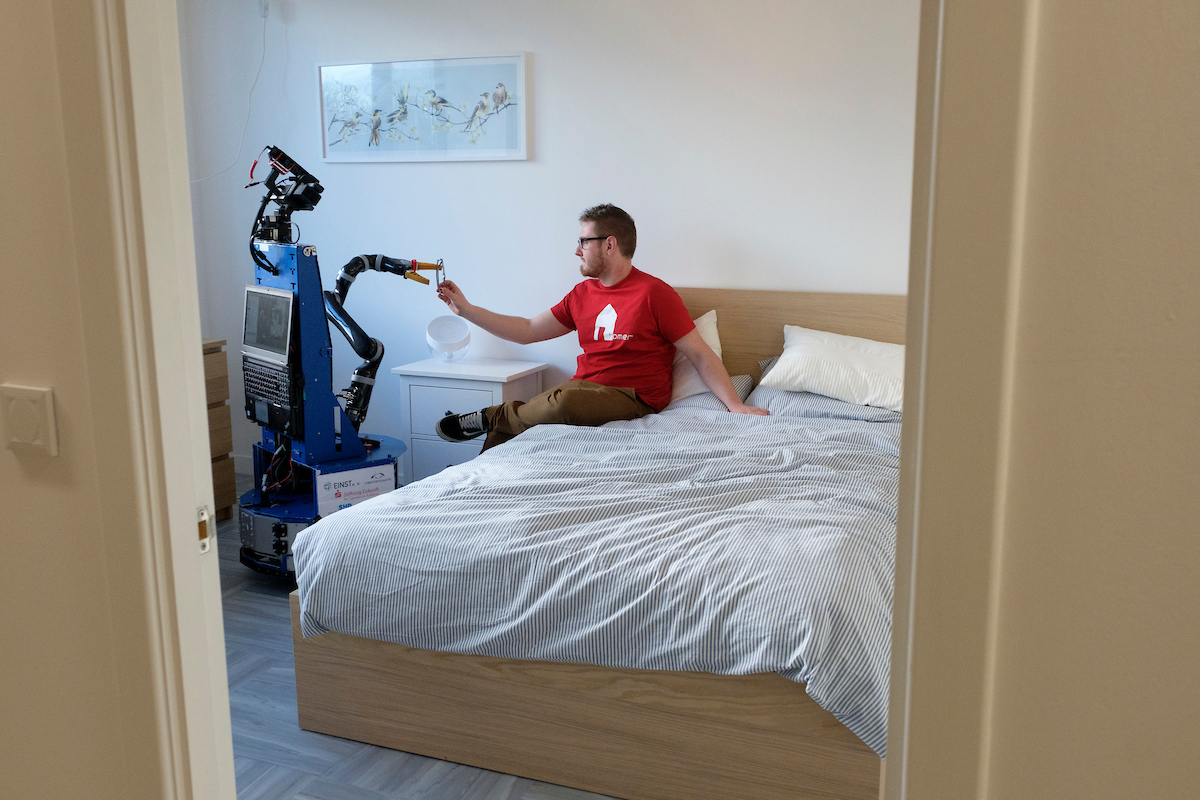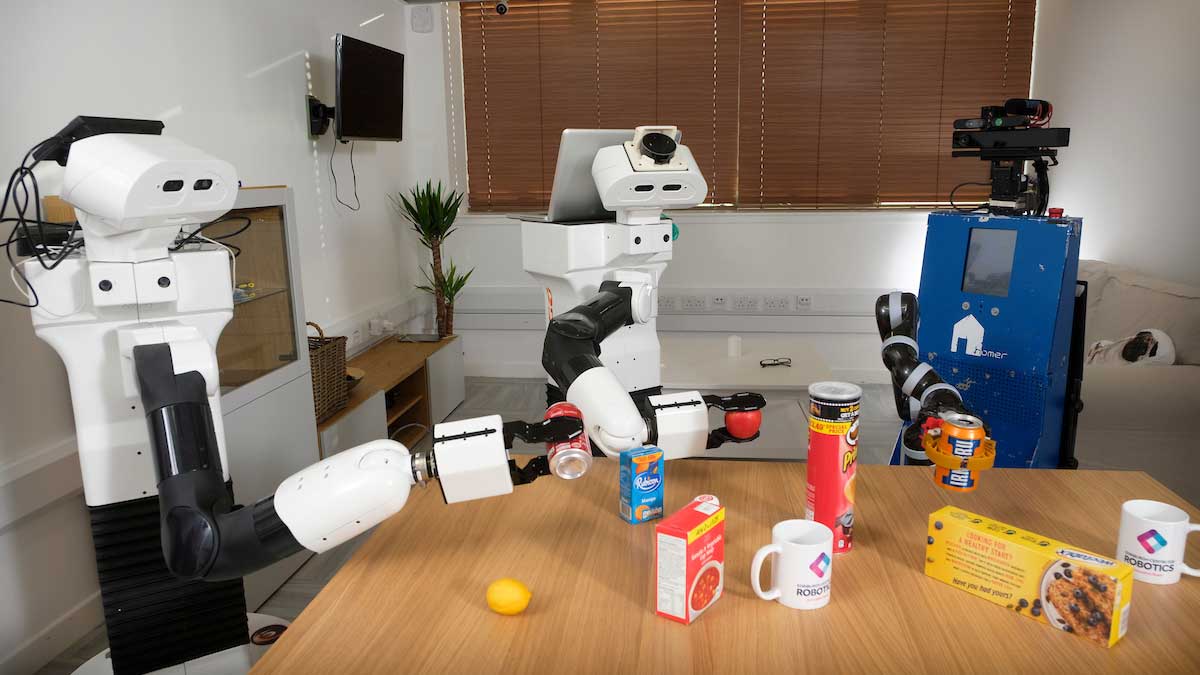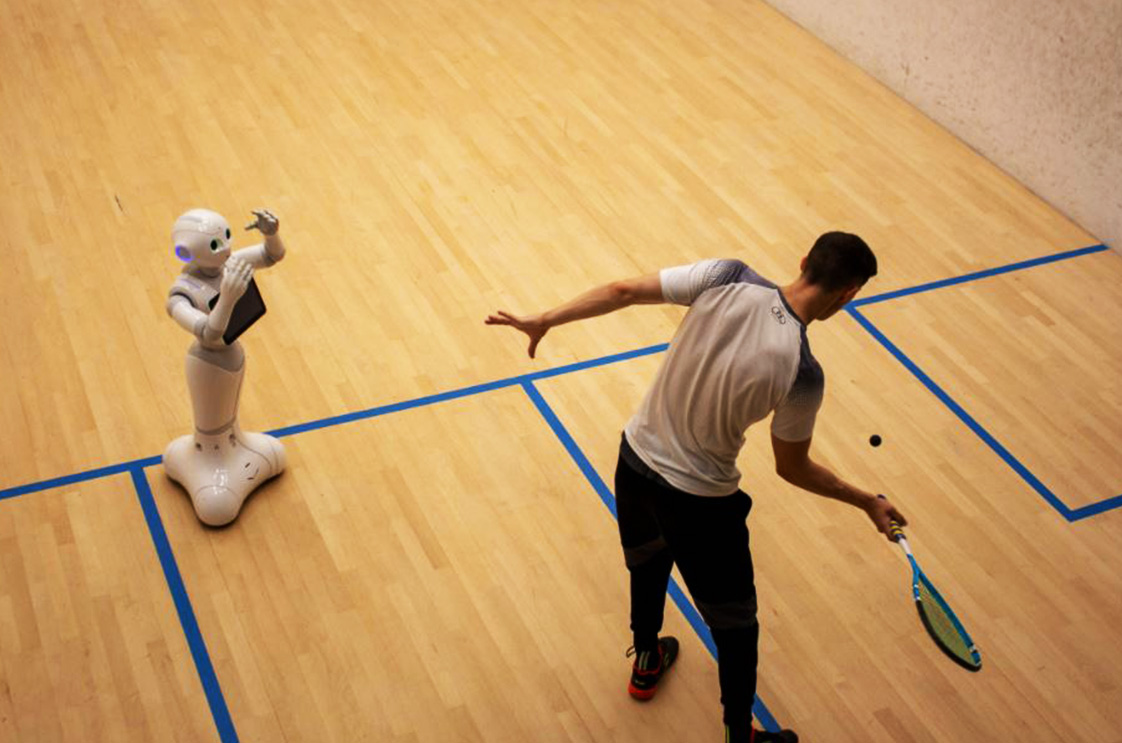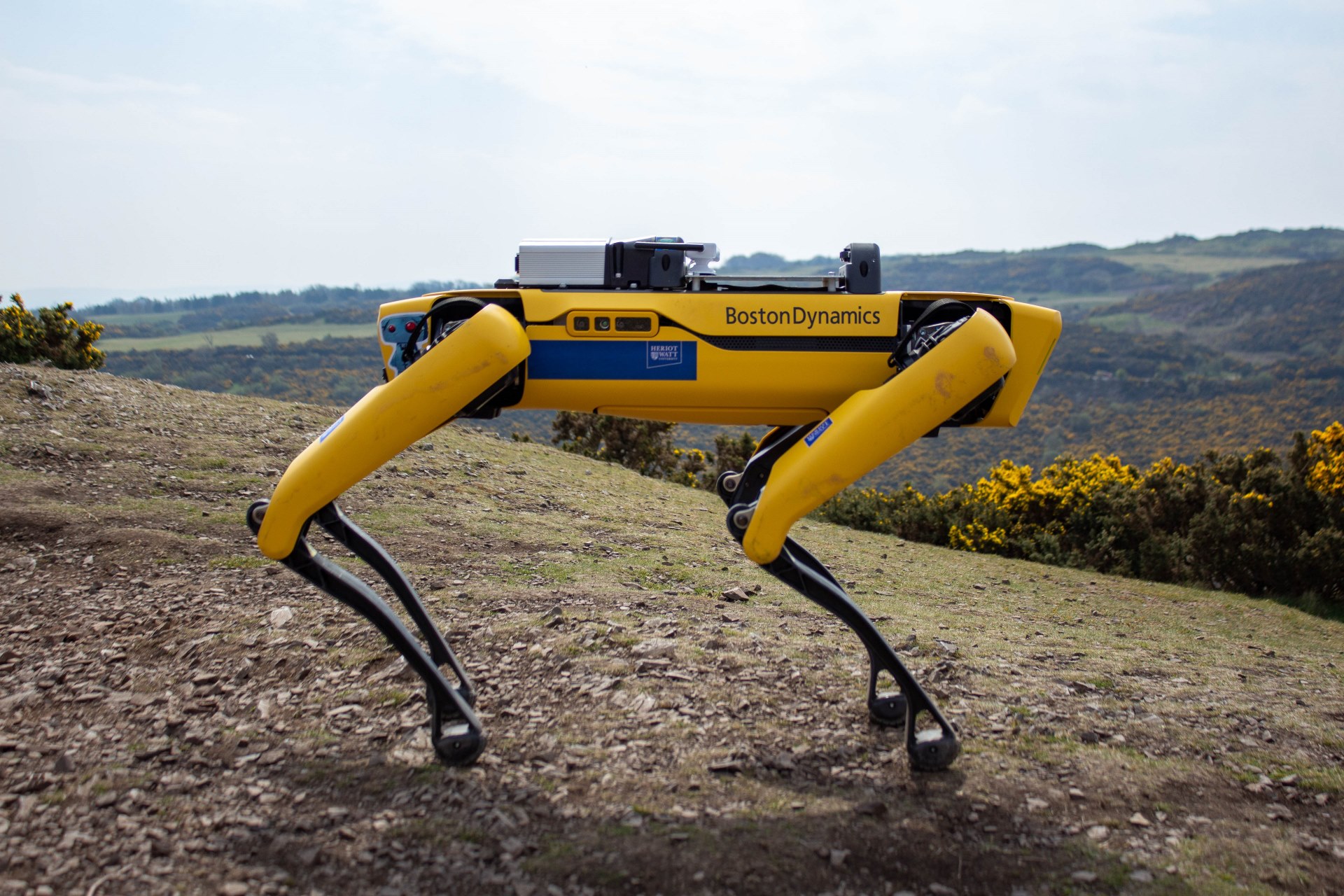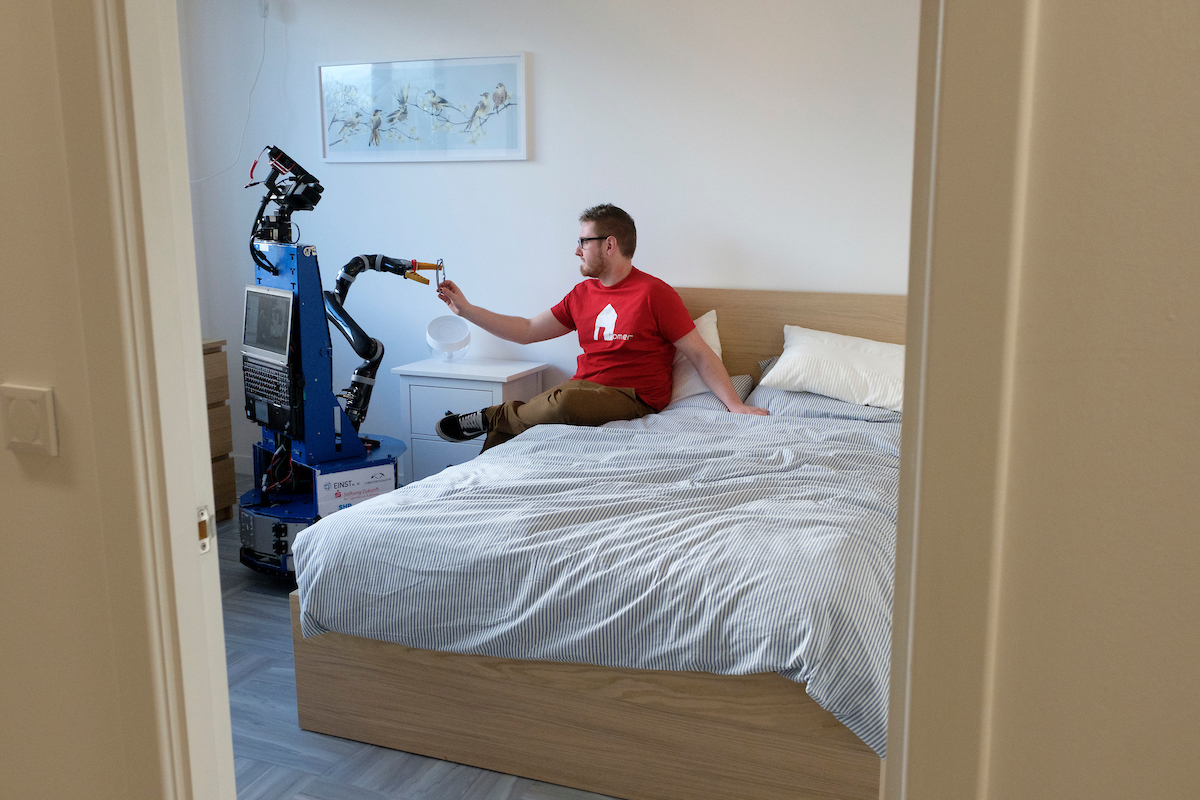Impact of rapid digitisation of public services to be assessed and countered in multi-million pound research study
[fusion_builder_container type=”flex” hundred_percent=”no” equal_height_columns=”no” hide_on_mobile=”small-visibility,medium-visibility,large-visibility” background_position=”center center” background_repeat=”no-repeat” fade=”no” background_parallax=”none” parallax_speed=”0.3″ video_aspect_ratio=”16:9″ video_loop=”yes” video_mute=”yes” border_style=”solid”][fusion_builder_row][fusion_builder_column type=”1_1″ type=”1_1″ background_position=”left top” border_style=”solid” border_position=”all” spacing=”yes” background_repeat=”no-repeat” margin_top=”0px” margin_bottom=”0px” animation_speed=”0.3″ animation_direction=”left” hide_on_mobile=”small-visibility,medium-visibility,large-visibility” center_content=”no” last=”no” hover_type=”none” min_height=”” link=””][fusion_text]
A consortium of researchers led by Heriot-Watt University has launched a world-leading study to determine the impact of digitalised services on minority ethnic (ME) groups.
The £3.3 million project is funded by UK Research and Innovation (UKRI) through the Strategic Priority Fund as part of the Protecting Citizens Online programme, initiated in response to the 2020 Online Harms White Paper. The project is administered by the Engineering and Physical Sciences Research council (EPSRC) on behalf of UKRI.
The Protecting Minority Ethnic Communities Online (PRIME) project was initiated after a range of key public services moved online, a process accelerated by the pandemic. Services including those in the areas of health, housing and energy are now increasingly delivered online.
The PRIME project will identify the distinctive online harms that ME communities experience because of this digitalisation and draw upon a range of academic expertise to develop innovative and ground-breaking policy guidance and tools for tackling deeply entrenched and persistent racial inequalities in the UK.
With a lack of research, policy and practical initiatives in this area and no solid evidence base to draw upon, the experience of ME communities when using online services requires significant investigation. Assessing the adequacy of existing harm-mitigation structures is also difficult. However, there is wide concern that digitalisation could lead to inequalities being reproduced or exacerbated online, or to new discriminatory processes being created. It is also known that ME communities and individuals are disproportionately impacted by harms like cyberbullying.[1] The PRIME project will enable providers to demonstrate accountability and transparency in service delivery.
The project’s approach and research methods draw on knowledge and skills from social science, applied linguistics, cyber security and privacy, data mining and machine learning; human computer interaction and educational technology.
The PRIME consortium which includes researchers from Heriot-Watt University, the Open University, Cranfield University, and the Universities of Glasgow and York, will also work closely with the National Research Centre on Privacy, Harm Reduction and Adversarial Influence online (REPHRAIN).
The team will establish a Citizen-led Race Equity Living Lab (CREL), playing a critical role in countering discriminatory processes in digitalised services, enabling organisations to address ethnic inequalities in service provision and ensure more equitable service outcomes.
Dr Gina Netto from The Urban Institute at Heriot-Watt University is leading the research. She is reader in international and forced migration and an expert on migrant integration and race equality issues. Gina said: “Our multi-disciplinary team has worked collaboratively to engage with a wide range of organisations to design rigorous social and technical methods to deepen understanding of the nature of online harm experienced by minority ethnic communities.
“Together with our partner organisations, PRIME will play an important role in tackling racial inequality and improving service provision for the UK’s increasingly diverse citizens. It will also serve as an international exemplar of the critical role that research can play in not only increasing knowledge but in the redesigning and embedding of processes within institutional systems to advance racial equality.”
Co-Investigator Professor Lynne Baillie, a computer scientist from Heriot-University and a leading figure in the National Robotarium in Edinburgh, will lead on the design and development of the privacy enhancing technologies and responsible AI for the project. She said: “By working with such a multi-disciplinary team and fully engaging with the wide range of ME organisations, we aim to produce benchmark datasets, tools and models to provide improvements that will focus on countering discriminatory processes in digitalised services.”
Professor Stephen McLaughlin, deputy principal (research and impact) at Heriot-Watt University said: “This project is urgently needed to prevent further risk of discrimination and marginalisation, adding to societal division. This significant funding award demonstrates the skills within the research team and the potential to apply this research internationally with PRIME serving as an exemplar of socially engaged, linguistically responsive and responsible AI.”
Colin Lee, Chief Executive of the Council of Ethnic Minority Voluntary Organisations (CEMVO) Scotland, the national intermediary organisation and strategic partner of the Scottish Government Equality Unit, commented: “We are delighted to be working with Heriot-Watt University and other partners on this important research project. The digital world that we live in today is very much open to online racial abuse and racial inequalities, which is something that needs to be deeply explored.”
Dr Kedar Pandya, EPSRC Director for Cross-Council Programmes, said: “With the increasing prevalence of digital technologies and services across society, there is a pressing need for further research into the impact on different communities and how user-focused tools can mitigate online harms.
“Through its multidisciplinary approach bringing together a wide range of expertise, PRIME will provide an important contribution to research in this area and help to develop the tools needed to tackle online discrimination.”
Partner organisations include CEMVO Scotland, Muslim Council of Britain, BRAP, The Mental Health Foundation, Public Health Scotland, the NHS Race and Health Observatory, The Scottish Government Digital Directorate, Energy Systems Catapult, The Convention of Scottish Local Authorities, The UK Collaborative Centre for Housing Evidence and The Scottish Federation of Housing Associations.
[/fusion_text][/fusion_builder_column][/fusion_builder_row][/fusion_builder_container]


